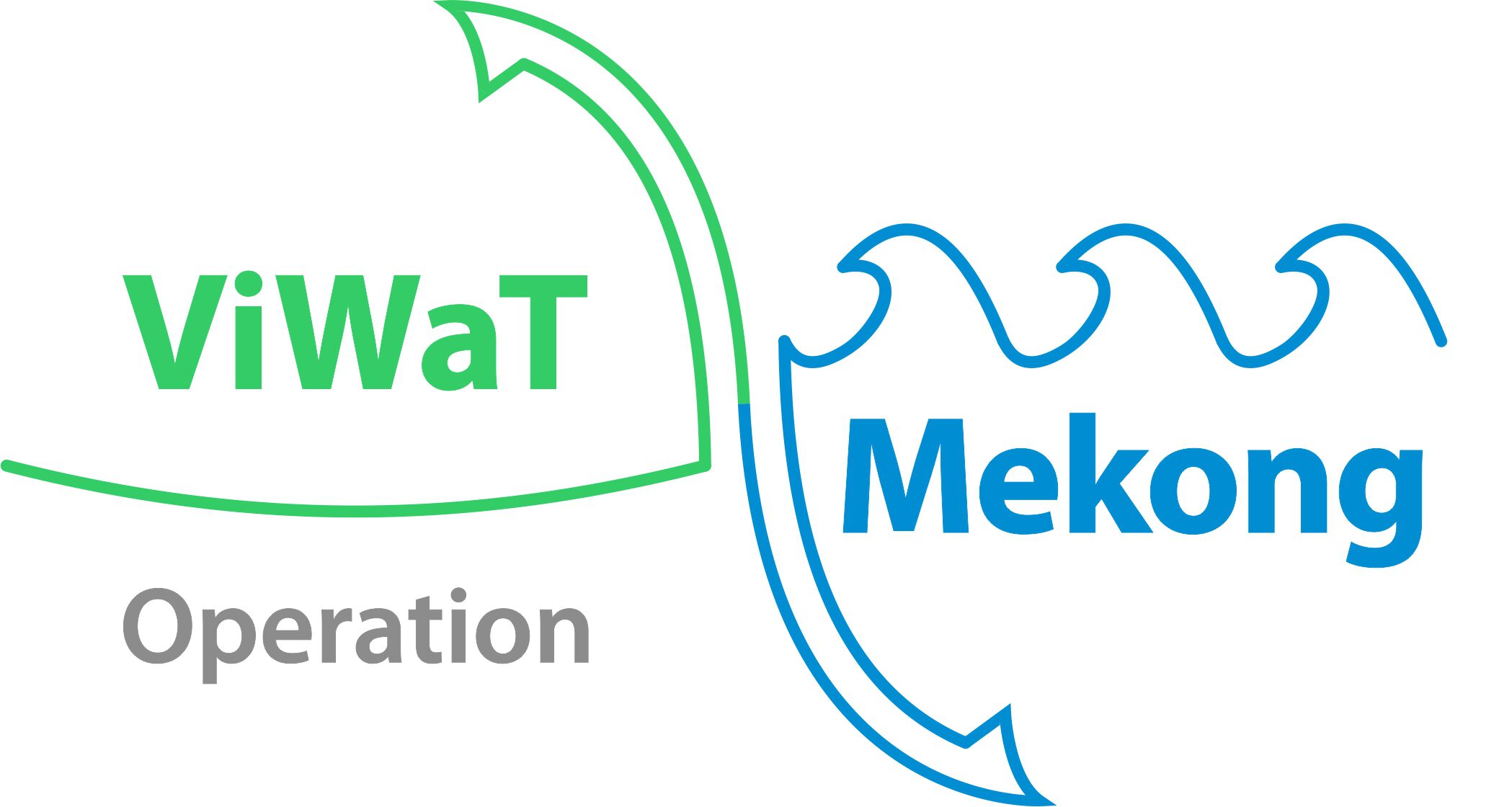ViWaT-Operation
Verbundprojekt ViWaT Mekong:
Integrated Solutions for Sustainable Development
in the Mekong Delta - Land, Water, Energy and Climate
The Project Partners



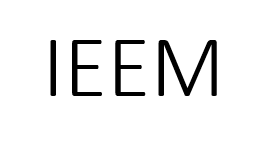

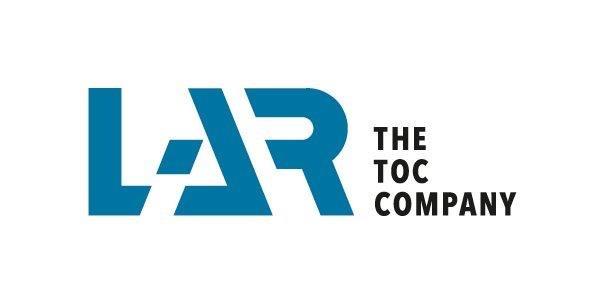


Background and Objective of the Project
ViWaT aims to meet these diverse challenges with a holistic solution. The ViWaT initiative is therefore based on the three pillars of Engineering (coordinated by the Karlsruhe Institute of Technology (KIT) under the leadership of Prof. Franz Nestmann and Prof. Stefan Norra), Planning (coordinated by the Ruhr University Bochum (RUB) under the leadership of Prof. Harro Stolpe) and Operation (coordinated by the Institute of Environmental Engineering and Management at the University of Witten/ Herdecke (IEEM) under the leadership of Prof. Karl-Ulrich Rudolph), which act as independent research networks and deal with the different priority topics of coastal protection (KIT), water and land use planning (RUB) and water supply/water reclamation (IEEM).
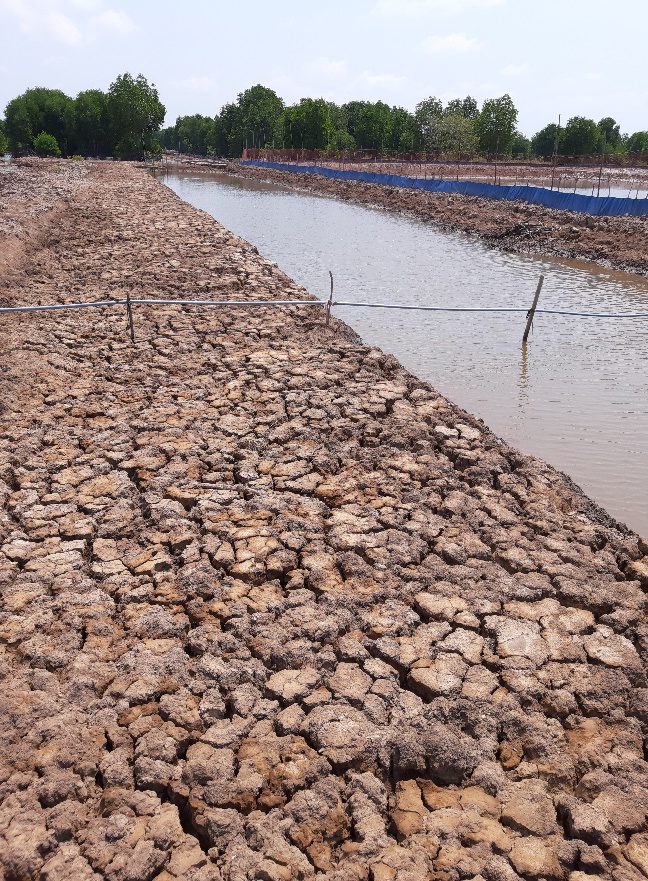
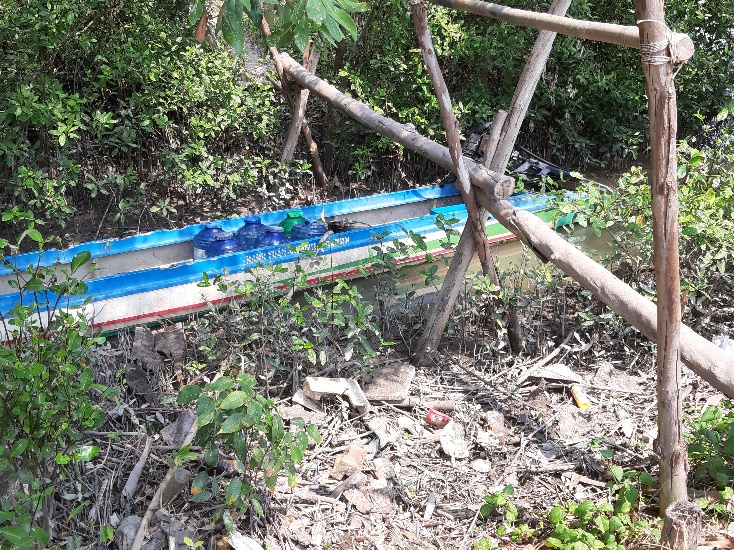
The Project Network
ViWaT aims to meet these diverse challenges with a holistic solution. The ViWaT initiative is therefore based on the three pillars of Engineering (coordinated by the Karlsruhe Institute of Technology (KIT) under the leadership of Prof. Franz Nestmann and Prof. Stefan Norra), Planning (coordinated by the Ruhr University Bochum (RUB) under the leadership of Prof. Harro Stolpe) and Operation (coordinated by the Institute of Environmental Engineering and Management at the University of Witten/ Herdecke (IEEM) under the leadership of Prof. Karl-Ulrich Rudolph), which act as independent research networks and deal with the different priority topics of coastal protection (KIT), water and land use planning (RUB) and water supply/water reclamation (IEEM).
Project Goals and Pilot Sites
Das Unterverbundprojekt ViWaT-Operation fasst sowohl die Trinkwasserversorgung in abgelegenen Siedlungen als auch Wasserwiedergewinnung in Aquakulturbetrieben in den Fokus. Dabei wird nicht nur der technische Lösungsansatz untersucht, sondern auch wirtschaftliche und finanzielle Aspekte mit einbezogen, um eine nachhaltige Implementierung der Technologie und einen funktionierenden Betrieb zu gewährleisten. ViWaT-Operation setzt auf der lokalen Ebene an und legt seinen Schwerpunkt auf die Herausforderungen des dauerhaften Betriebs und wirtschaftlicher Tragfähigkeit. Die Konzepte werden daher zunächst für mehrere ausgewählte Standorte in den Provinzen Ca Mau, Kien Giang und Bac Lieu entwickelt (Abbildung 1). Nach erfolgreichem Pilotbetrieb soll die Technologie für eine Vielzahl weiterer Standorte in Vietnam und darüber hinaus repliziert werden.
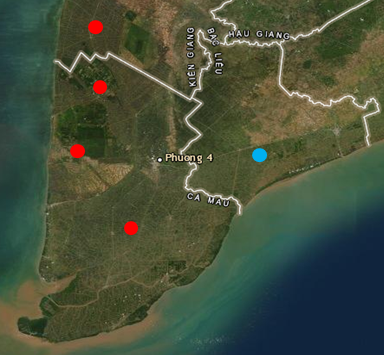
Work Structure of the Project
"ViWaT" is a project network supported by the BMBF and the Vietnamese Ministry of Ministry of Science MOST with three pillars "Planning" (Ruhr-University Bochum), "Engineering" (Karlsruhe Institute of Technology) and "Operation" (IEEM).
Work Package 1
involves the development of a technology-based solution for small-scale waterworks that can supply the many remote small settlements in the Mekong Delta with human-toxicological and hygienically safe drinking water at a justifiable technical and financial cost.
Work Package 2
addresses water and wastewater management for sustainable aquaculture in the Mekong Delta, specifically wastewater use in shrimp farms, which currently suffer from existential water problems and conversely cause existential water and soil pollution.
Work Package 3
provides a technically and organisationally functioning monitoring system to be developed for monitoring water withdrawals, water treatment, fresh and secondary water use and wastewater discharges. On this basis, an innovative concept of measures for water demand management is to be developed.
Work Package 4
is dedicated to the investigation of the regulation and governance of water utilities (Water Utility Governance). For analysis and demonstration, implementation case studies are planned, which will be carried out together with selected water utilities. Based on this, a catalogue of recommendations for regulatory authorities and water utilities will be derived.
